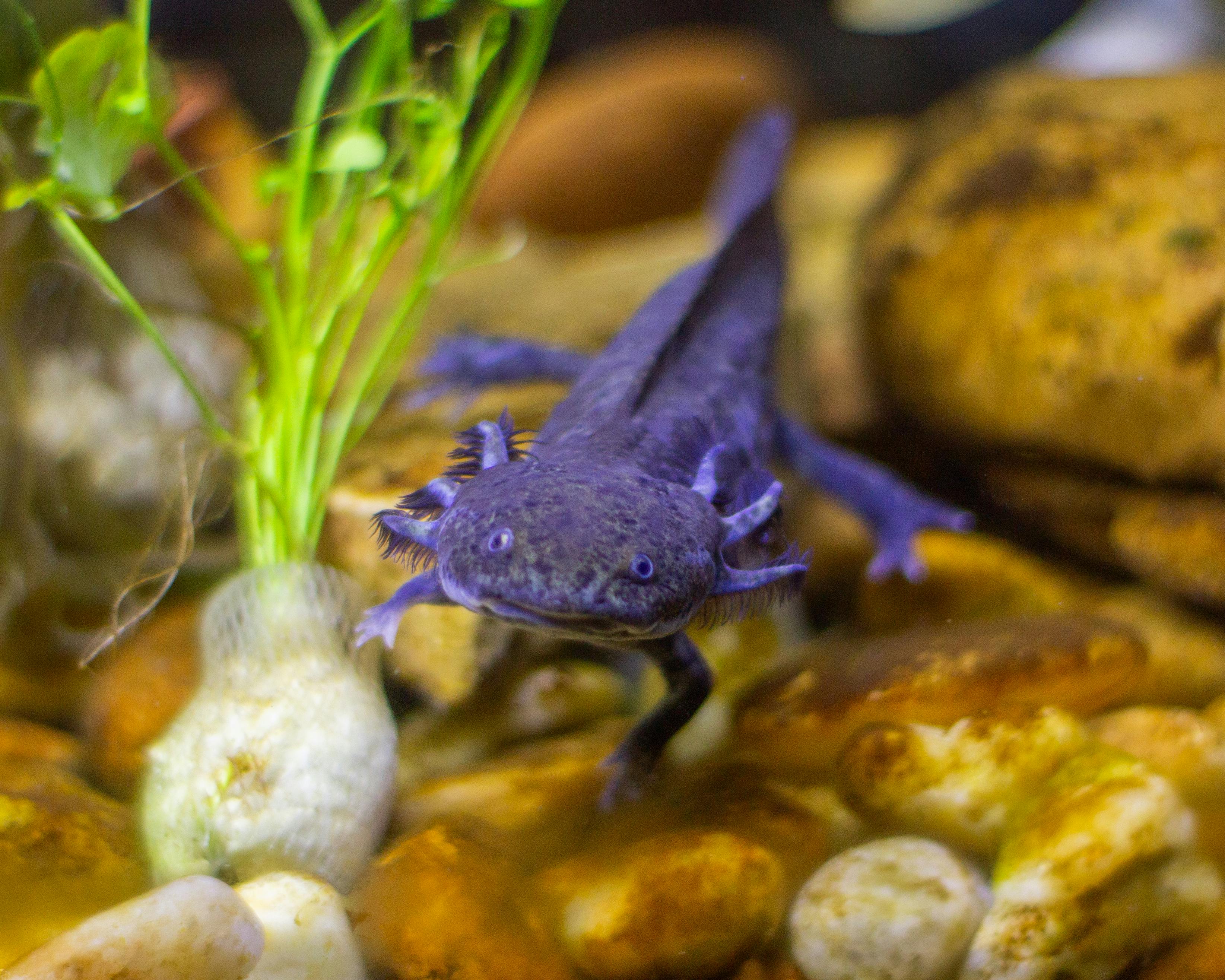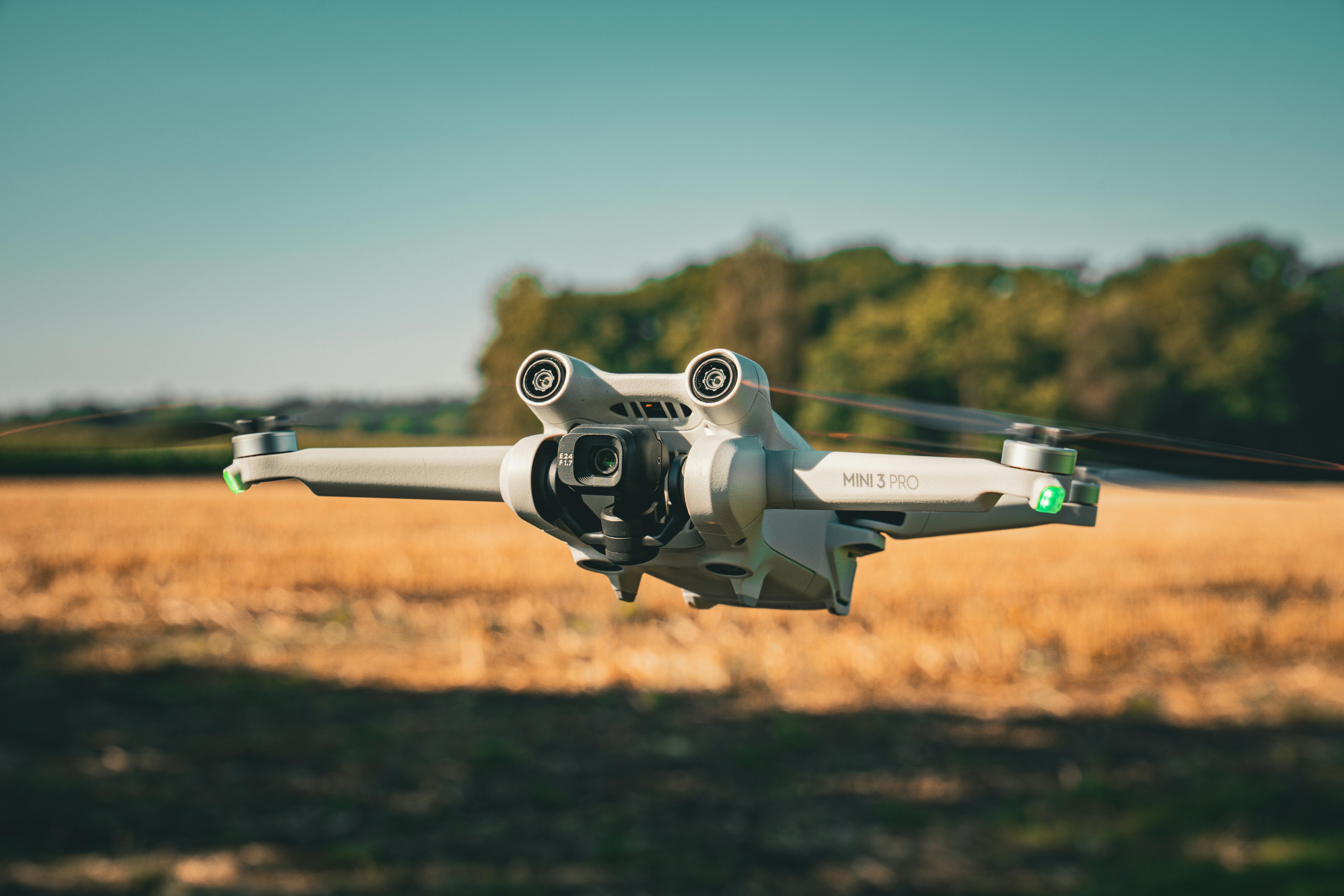A Fresh Look at the World of Amphibian Pets: The Rising Popularity of Axolotls
In recent years, the world of pet ownership has seen a surprising new contender rise to prominence: the axolotl. This aquatic salamander, native to the ancient Xochimilco lake system near Mexico City, has captured the hearts of pet owners worldwide with its unique appearance and fascinating biology. But how did the axolotl make the leap from obscure curiosity to pet star? And what does this trend mean for both owners and the species itself?

A Historical Overview: From Lake Xochimilco to Living Rooms
The axolotl’s journey to pet status is a fascinating story that intertwines biology, culture, and commerce. Known as “Mexican walking fish,” axolotls are actually amphibians, not fish. They are a species of salamander that never undergoes full metamorphosis, remaining in their larval form throughout their life.
Historically, axolotls were integral to Aztec culture and diet, symbolizing Xolotl, the Aztec god of lightning and death. However, as Mexico City expanded, the axolotl’s natural habitat shrank dramatically, pushing them towards endangerment. Their resilience and unique biology, such as the ability to regenerate lost limbs, drew scientific interest, and they became a popular subject for research and breeding programs.
Current Trends: Axolotls as Pets
The rise of axolotls as pets can be attributed to their unique aesthetics, relatively low maintenance, and fascinating biology. They are active, engaging pets that require a specific but manageable set of care requirements, including a cool, freshwater aquarium, a diet of protein-rich pellets and worms, and regular water changes.
As of 2021, the axolotl pet trend is still going strong. Pet stores and breeders alike have reported increased demand, especially for rare color morphs like the golden albino and leucistic (white with pinkish tones) varieties. Prices can range from $20 for a standard wild type to over $100 for rarer morphs.
The Impact on the Axolotl Population
While the pet trade has undoubtedly increased the axolotl’s visibility, it also poses potential threats to the already vulnerable wild population. Illegal collection for the pet trade, along with habitat loss and pollution, has contributed to the axolotl’s status as a critically endangered species.
However, the pet trade also presents an opportunity for conservation. Captive breeding programs can help maintain the genetic diversity of the species and potentially reintroduce individuals to their natural habitat in the future.
The Future of Axolotl Pet Ownership
The axolotl’s rise to pet popularity is a testament to the ever-evolving tastes and interests of pet owners. As we move forward, it will be crucial to balance the demand for these fascinating creatures with the need to protect and conserve their wild populations.
With proper care and attention to conservation, the axolotl can continue to thrive in both their natural habitat and our homes, adding a touch of nature’s wonder to our everyday lives.





